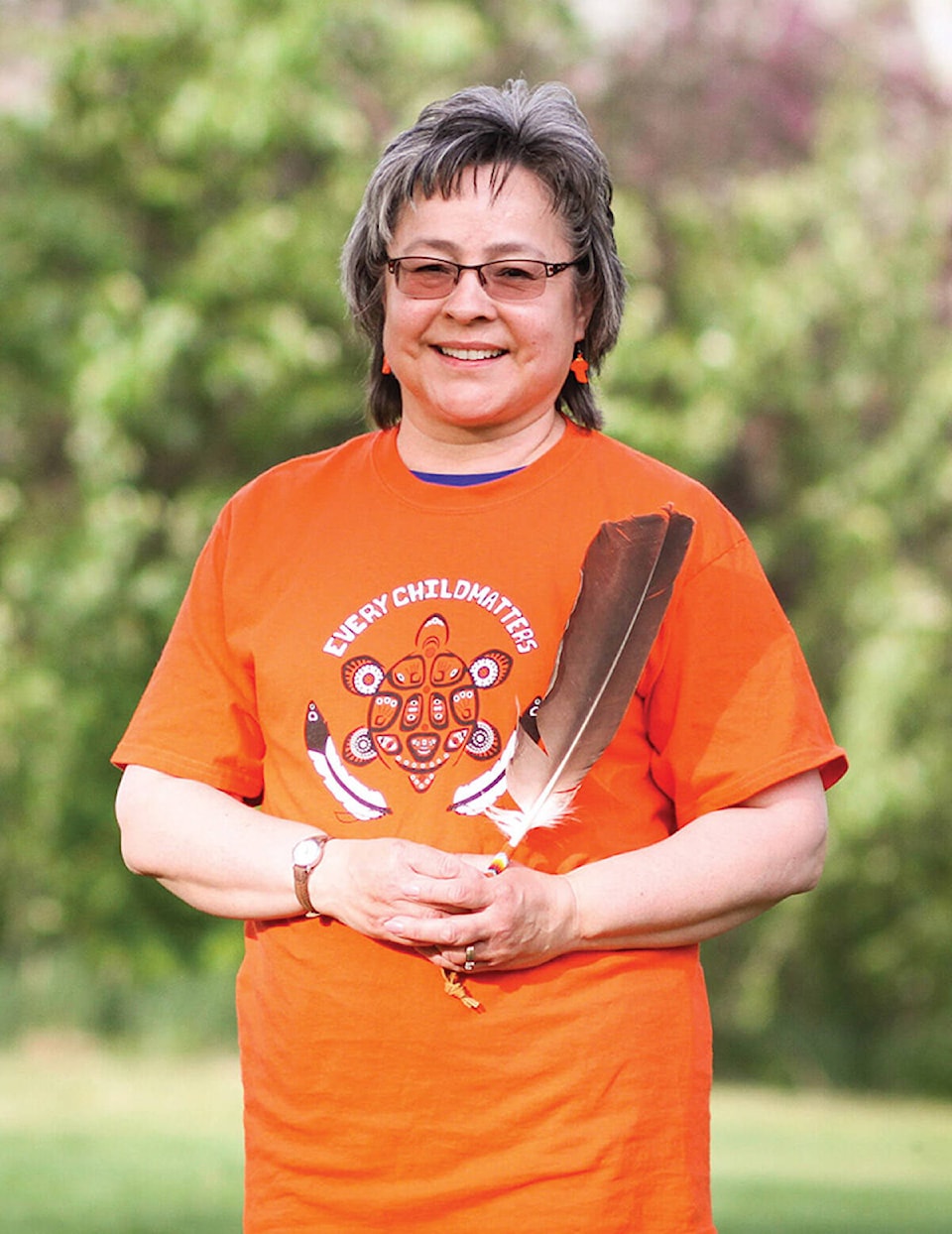This September 30 will be the second annual National Day for Truth and Reconciliation.
This statutory holiday is also known as Orange Shirt Day and is for Canadians to commemorate the lost children and survivors of the residential school system as well as to honour the healing journey of residential school survivors.
While the National Day for Truth and Reconciliation was only officially declared in 2021, Orange Shirt Day has widely been recognized across Canada since 2013 as a day to raise awareness of the residential school system and its generational impact on Indigenous communities.
The history of using an orange shirt to commemorate truth and reconciliation on Orange Shirt Day comes from Phyllis Webstad’s story whose entire family, including herself, have been deeply impacted by the residential school system.
When she was six-years-old Webstad went to the Mission school in B.C., away from her grandmother who she lived with on the Dog Creek reserve. Webstad said that they never had much money however, her grandmother managed to buy her a new outfit for the first day of school — a shiny orange shirt with a string laced up in front.
In her story she says she was so excited for her new outfit and going to school, until she got to the Mission where they stripped her and took away her clothes including the orange shirt. She never wore it again.
In her story Webstad says, “the colour orange has always reminded me of that and how my feelings didn’t matter, how no one cared and I felt like I was worth nothing.”
Today Webstad is the Founder and Ambassador of the Orange Shirt Day Society and tours the country telling her story and raising awareness on the impacts of the residential school system.
In 2021 the history of residential schools was put in the spotlight on an international scale when the remains of 215 children in an unmarked gravesite near the Kamloops Residential School on Tk’emlúps te Secwépemc territories in British Columbia were discovered on May 27.
Currently in Canada more that 5,000 Indigenous children have been recovered from unmarked gravesites at or near former residential schools.
For people around the world these findings triggered national mourning, trauma and attention to an ugly side of Canadian history.
While residential schools are known as a dark part of Canada’s history, the repercussions are generational and still impact Indigenous communities to this day.
Residential schools were designed to separate Indigenous families from their families and strip them of their traditional language, culture and practices. The last residential school closed just 26 years ago in 1996.
With the use of ground penetration radar many Indigenous communities across the country have begun conducting their own investigations of residential schools.
The discovery in Kamloops and further investigations has not only put Canada’s dark history on display but has amplified the need for truth and reconciliation.
Part of this reconciliation included an apology from the Catholic Church this July for their role in the residential school system. The apology was given by Pope Francis during his visit to Maskwacis where thousands gathered to hear him speak and take accountability for the church’s actions and impact on residential school survivors and generational victims.
